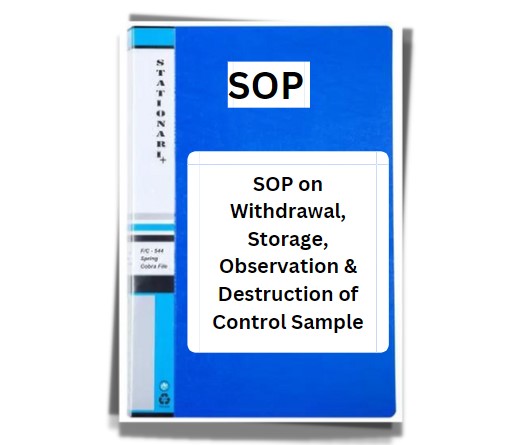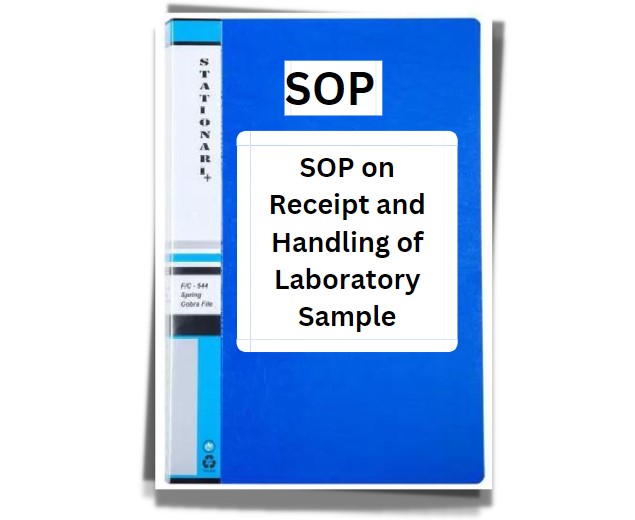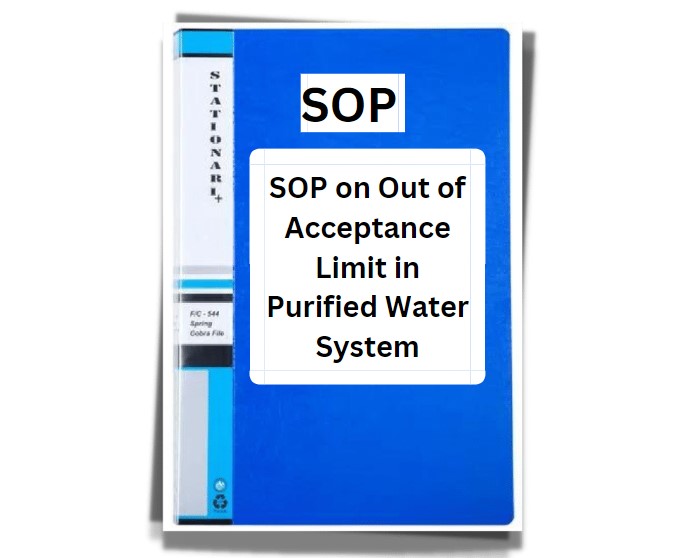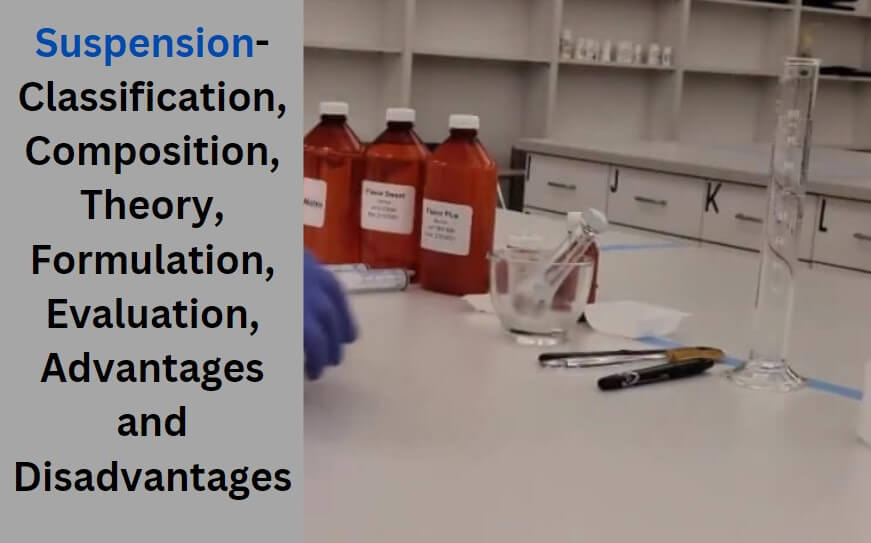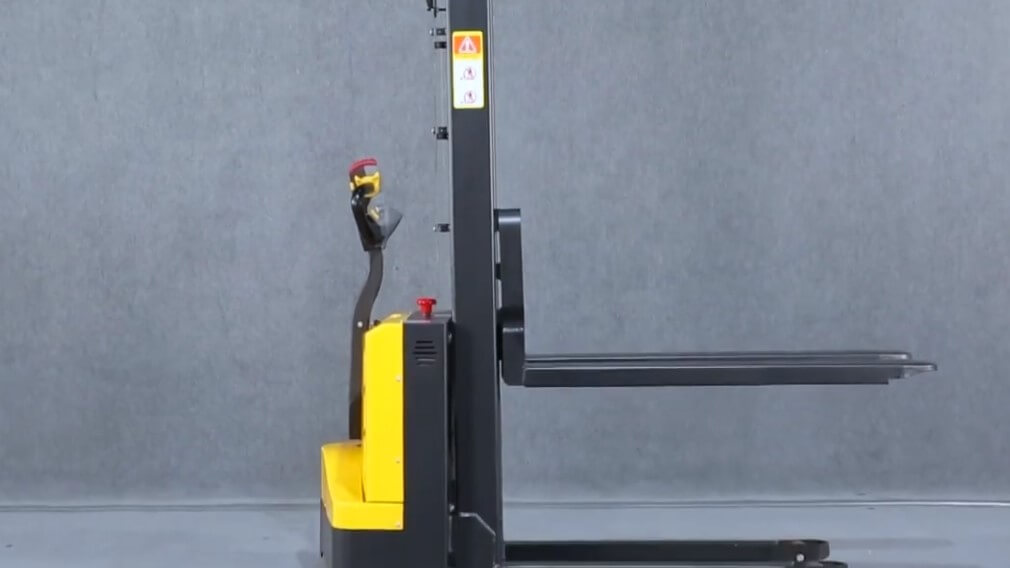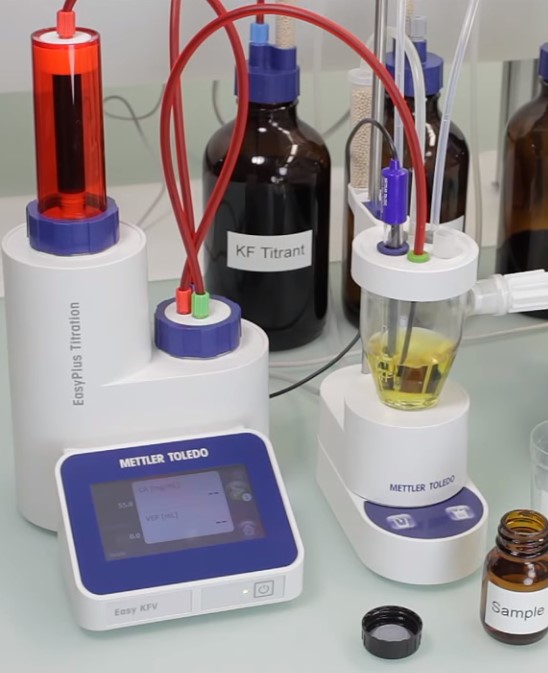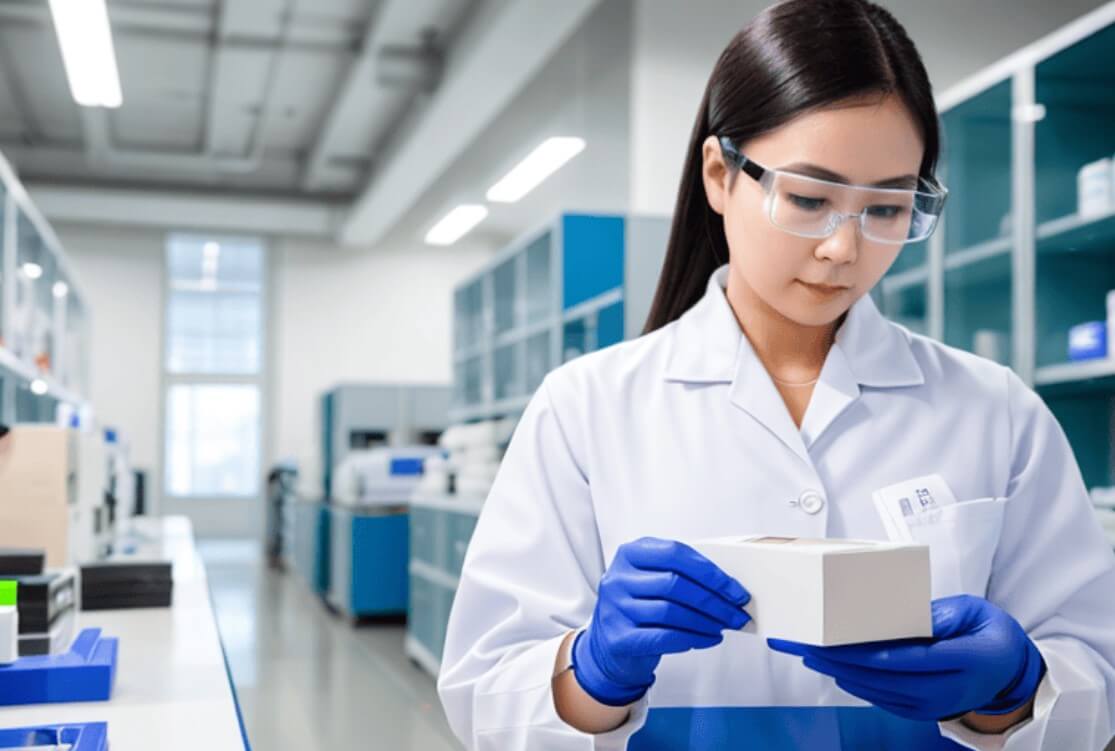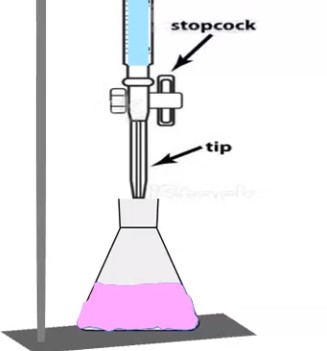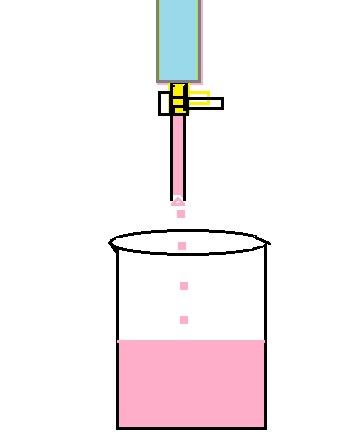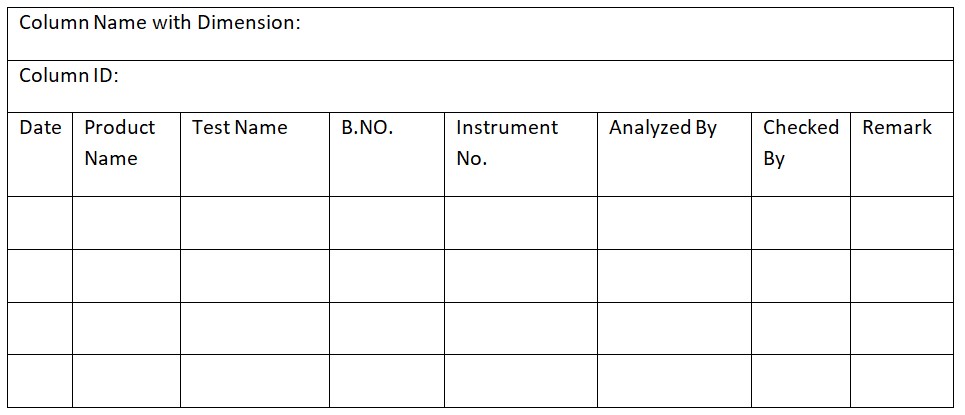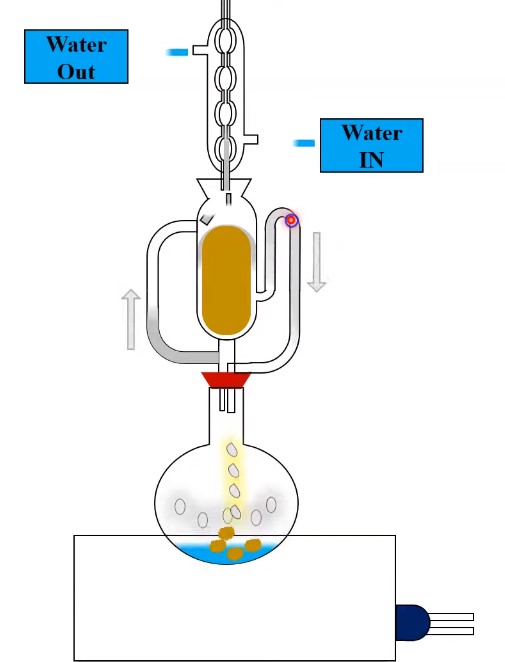SOP on Withdrawal, Storage, Observation & Destruction of Control Sample
Standard Operating Procedure on Withdrawal, Storage, Observation & Destruction of Control/Retention Sample in Pharmaceuticals. 1.0 Objective: This SOP applies to the withdrawal, storage, observation, and destruction of control samples from production (OSD & Injectable) and Quality control (R.M. Retention) in the pharmaceutical formulation plant. 2.0 Scope: This Standard Operating Procedure applies to the withdrawal, storage, … Read more

